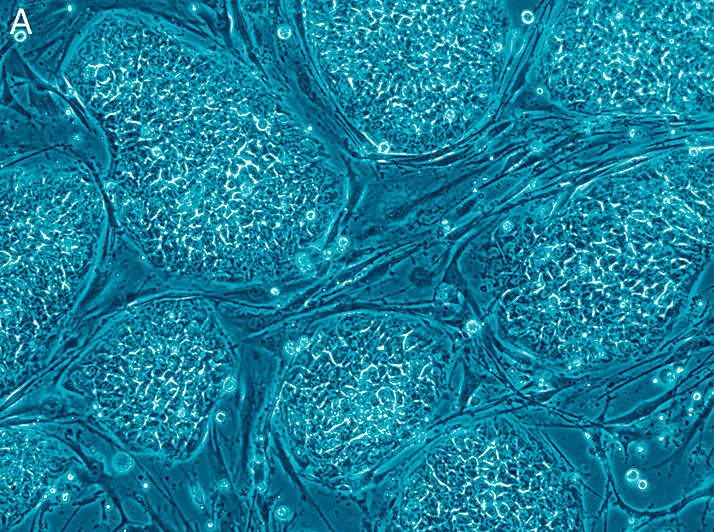
Last month (1), we reported on a scientific breakthrough with major consequences for stem cell-based therapies: a novel method to create pluripotent – even totipotent – stem cells. Published in two Nature papers, the method described bathing adult cells in a weak acid to produce “stimulus-triggered acquisition of pluripotency” (STAP) stem cells (2,3). The technique was notable not only because of the apparent ease of stem cell production, but also because it didn’t require genetic manipulation to do so. But, two major issues with the articles are causing disquiet: problems with images and reproducibility issues.
Haruko Obokata has the image problem. She’s the first author on the Nature STAP stem cell articles, and also on another stem-cell paper from 2011 (4). It’s alleged that in this earlier paper a figure that apparently demonstrates the presence of one stem-cell marker was inverted and used again to demonstrate the presence of a different stem-cell marker (5). It has been suggested that in one of the Nature papers (2) a similar type of duplication has been used; images of two placentas “meant to be from different experiments look strikingly similar” (5). Furthermore, there are claims that an image of DNA separated on a gel has been manipulated, with a lane being spliced in to the image (3).
As if this wasn’t bad enough, at least ten prominent stem cell researchers from other labs are having difficulties in reproducing the technique (5), contrasting starkly with last month’s headlines about how simple it had become to make stem cells. Part of the issue here may be that a comprehensive protocol for the generation of STAP stem cells hasn’t yet been published. But Teruhiko Wakayama, one of the senior authors of the STAP stem cell article, who was able to reproduce the technique prior to publication – now cannot (5). On the other hand, Wakayama’s fellow senior author, Charles Vacanti, reports that he hasn’t had any problems repeating the experiment. But rather that explain the finer details of his method, it’s reported that he will let Obokata supply the protocol, “to avoid any potential for variation that could lead to confusion” (4). Working with stem cells is challenging, and every laboratory is different, so some subtleties in the technique may have been lost in translation. For now, though, STAP stem cell therapy for ocular disease looks rather less likely than it did a month ago.
References
- 1. “STAP in the name of love,” The Ophthalmologist, 2, 10 (2014).2. H. Obokata, et al., “Bidirectional developmental potential in reprogrammed cells with acquired pluripotency”, Nature, 505, 676–680 (2014).3. H. Obokata, et al., “Stimulus-triggered fate conversion of somatic cells into pluripotency”, Nature, 505, 641–647 (2014).4. H. Obokata, et al.,“The potential of stem cells in adult tissues representative of the three germ layers”, Tissue Eng Part A, 17, 607–615 (2011). doi: 10.1089/ten.TEA.2010.0385.5. D Cyranoski, “Acid-bath stem-cell study under investigation”, Nature News (2014). http://www.nature.com/news/acid-bath-stem-cell-study-under-investigation-1.14738#/.
